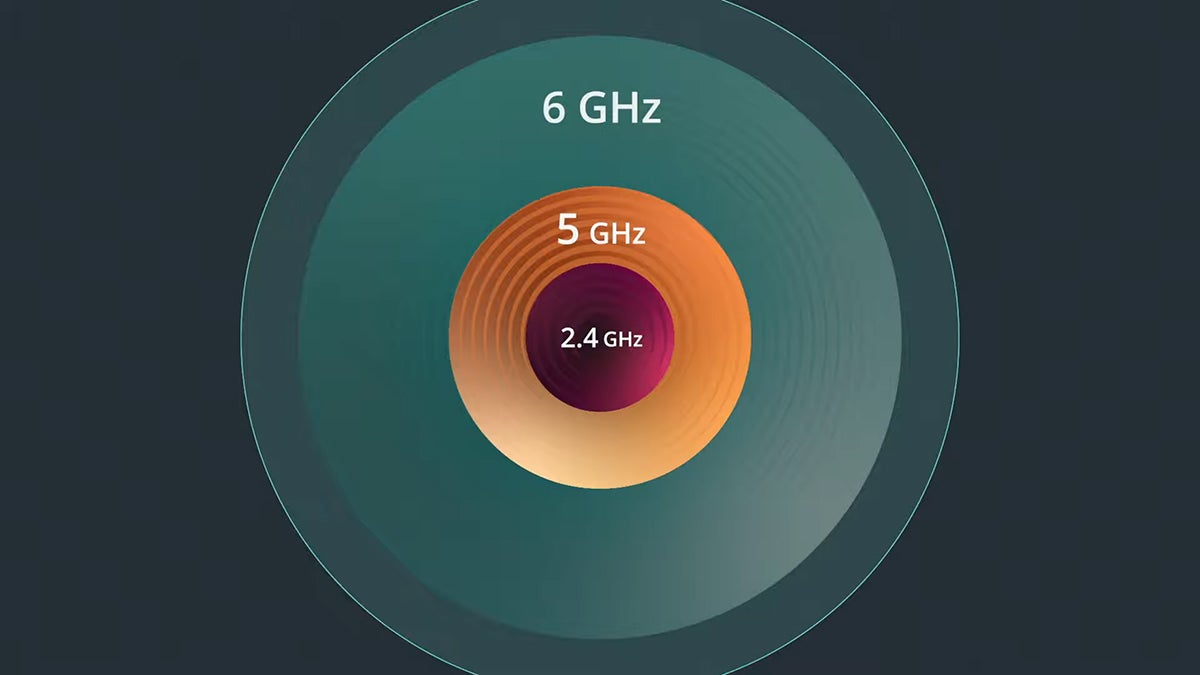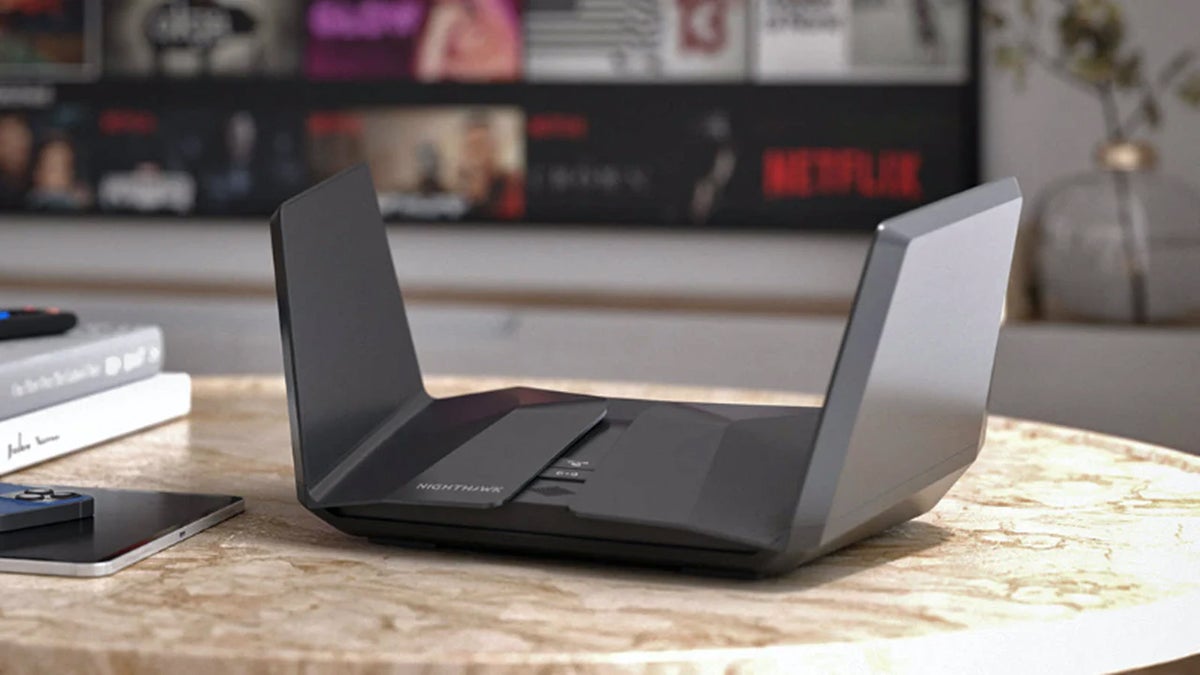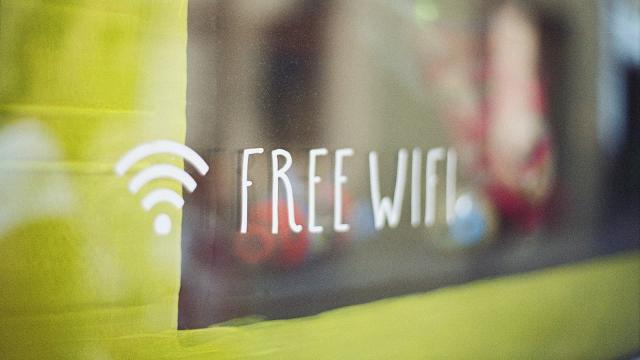Still catching up on the last major wifi standard to be announced? Sorry, but the next one is here. Wi-Fi 6E routers are beginning to pop up, and you should know that the new standard is a more substantial jump up from Wi-Fi 6 than that ‘E’ might suggest.
Here’s everything you need to know about the new technology, and what it means for the gadgets you own.
What Is Wi-Fi 6E?
Technically, Wi-Fi 6E is an extension of Wi-Fi 6, and as protocols, both are technically referred to as IEEE 802.11ax. Most mid-range-to-premium hardware launched these days comes with Wi-Fi 6 support, and Wi-Fi 6E is the next step up.
In short, what it means is you get a lot more of the wireless spectrum for devices to utilise. You might already be familiar with the two bands that existing routers use: The slower but further-reaching 2.4 GHz, and the faster but more limited 5 GHz. These are essentially blocks of radio wave frequencies for devices to take advantage of, and the majority of routers can now switch between them seamlessly.
Wi-Fi 6 boosted the capacity of the 2.4 GHz and 5 GHz bands, and Wi-Fi 6E adds a third band to the mix: 6 GHz. This low latency 6 GHz band offers much more capacity for data packets. Depending on how they’re divided, there’s the potential for a maximum of 60 channels, which is way ahead of the 25 channels and 3 channels that 5 GHz and 2.4 GHz top out at, respectively.

OK, So, What Does That Mean?
Using the common highway analogy, we’re basically talking a lot more fast lanes for traffic. That means less interference for your plethora of devices, and that means they’re all getting served with faster speeds from your router — though, as always, it’s the speed of the broadband coming into your home that ultimately determines how quickly your uploads and downloads progress.
The top theoretical speed (which you won’t get at home, by the way) is the same as plain old Wi-Fi 6 on the 5 GHz band: 9.6 Gbps. What’s important is the capacity and the extra bandwidth, and with less jostling for space across the spectrum, gadgets should be able to maintain faster and more stable connections to your router.
Technically speaking, 6 GHz spans 1,200 MHz of frequency, with channels up to 160 MHz available, depending on how they’re sliced. It only became an option for manufacturers to access after the middle of 2020 when the FCC opened it up for unlicensed use. The freeing up of radio frequencies is a whole other story in itself, but the very brief version is that governments are, to greater or lesser degrees, trying to ensure that wireless communications are used in a safe, secure, and socially beneficially way.
This regulation also means that you might not have Wi-Fi 6E available to you if you live outside of the U.S., though more and more countries — including Canada, the UK, and the member states of the EU — are now fully on board (though the implementations might be slightly different in each case). Previously reserved for alternative communications like satellite links and mobile backhauls, it seems that 6 GHz will soon be an option for consumer devices to take advantage of around the world.
And it’s a big deal, too, meaning around four times the amount of space for routers and gadgets to take advantage of. As we all continue to cram more and more gadgets into our homes, from smart speakers to media streamers to all-in-one computers, that increased capacity is going to be crucial in keeping everything online and running smoothly.

“The 6 GHz band will perhaps be the most disruptive boon for wifi users in the last 20 years,” Broadcom’s Vijay Nagarajan said when the standard was announced. “This swath of spectrum, when coupled with wifi, will power new consumer experiences on smartphones, AR/VR devices and wearables we haven’t even yet invented.”
Are There Any Downsides?
Well, 6 GHz is similar to 5 GHz in being limited in its range, because of its shorter wavelengths. Like 5 GHz, it doesn’t much like long distances or thick walls and floors. It’s likely that when it comes to Wi-Fi 6E hardware, mesh networking will become the norm, with several connection points dotted around.
The good news is, Wi-Fi 6E hardware is already rolling out; the bad news is, it’s very expensive at the moment. It’s also worth bearing in mind that to take advantage of the 6 GHz band, you need both a Wi-Fi 6E router and a Wi-Fi 6E device, so it might not be worth investing in a pricey new router until your phones, laptops, and other devices have had a chance to catch up. Wi-Fi 6E routers will of course support older wifi standards and hardware too, but only Wi-Fi 6E gadgets will get the best experience.
Eventually, Wi-Fi 6E should become the norm, and the signs are that Wi-Fi 6E is going to become more widespread more quickly than Wi-Fi 6 did. Phones will likely lead the charge with the new standard, even though only a handful currently support Wi-Fi 6E — the Samsung Galaxy S21 Ultra does, for example, but not the standard Galaxy S21 (or the iPhone 13 series for that matter). Expect that to change in 2022.
